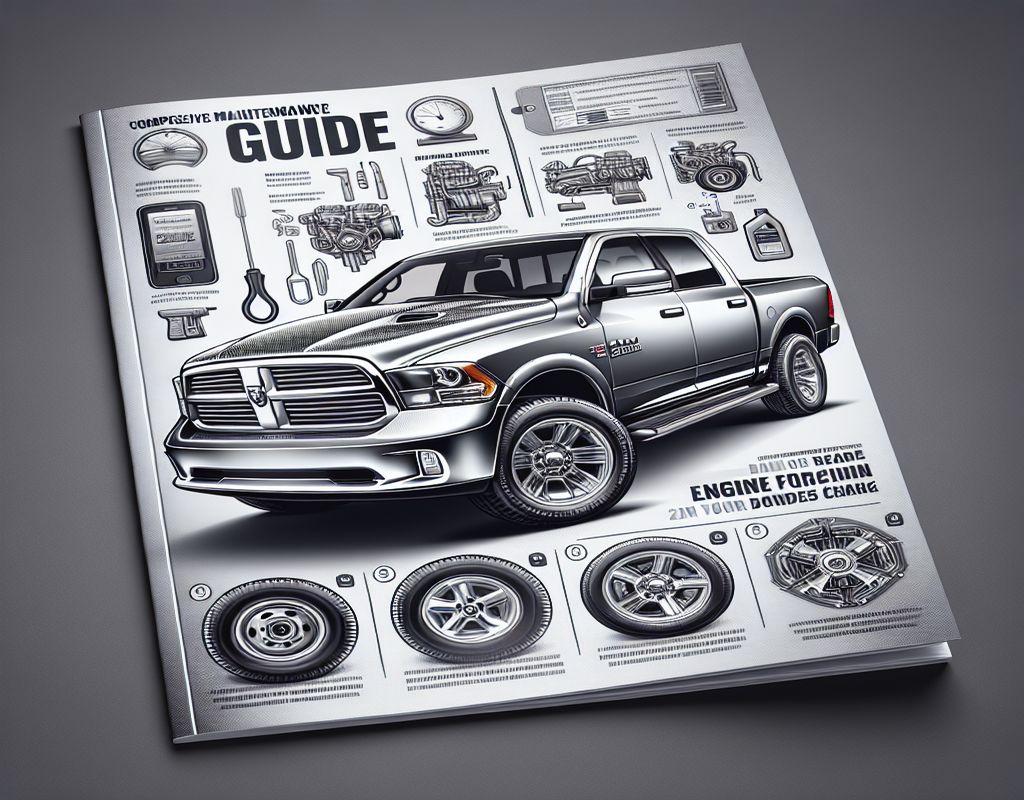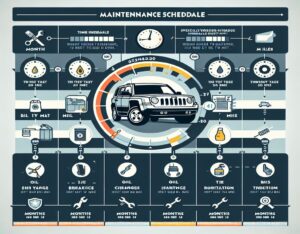Introduction
Regular maintenance is crucial for ensuring the longevity, safety, and peak performance of your vehicle. Among truck enthusiasts, the 2014 Dodge Ram 1500 is highly regarded for its power, versatility, and rugged durability.
Understanding the Maintenance Schedule
To keep your 2014 Dodge Ram 1500 running smoothly, adhering to the recommended maintenance schedule is essential. This schedule details vital tasks that, when diligently followed, contribute to the vehicle’s optimal performance and longevity. Tasks typically include oil changes, tire rotations, brake inspections, and more. Following this schedule not only maintains the truck’s performance but also enhances fuel efficiency and preserves its resale value.
Essential Maintenance Tasks
Regularly performing key maintenance tasks is crucial to ensure the continued reliability of your 2014 Dodge Ram 1500. These tasks include oil changes, air filter replacements, brake inspections, tire rotations, and fluid checks. Follow step-by-step instructions provided for each task, along with the recommended frequency. Emphasize the use of genuine Dodge parts for replacements and repairs to maintain quality, fit, and performance.
Fluid Checks and Changes
Monitoring and changing fluids in your 2014 Dodge Ram 1500 is vital for its overall health. Various fluids such as oil, coolant, brake fluid, and transmission fluid must be checked and replaced as recommended by the manufacturer. Understanding how to check and top off these fluids is essential for proper maintenance. Identifying potential issues with fluid levels and quality can help prevent more significant problems.
Tire Care and Rotation
Proper tire maintenance is essential for the safety and longevity of your 2014 Dodge Ram 1500. Adhere to recommended tire maintenance practices, including proper inflation and regular rotations. These practices enhance tire longevity and contribute to the stability and safety of your vehicle. Follow a detailed guide outlining rotation patterns and frequency for your specific model.
Brakes and Suspension
(To be continued in the next part of the article)



